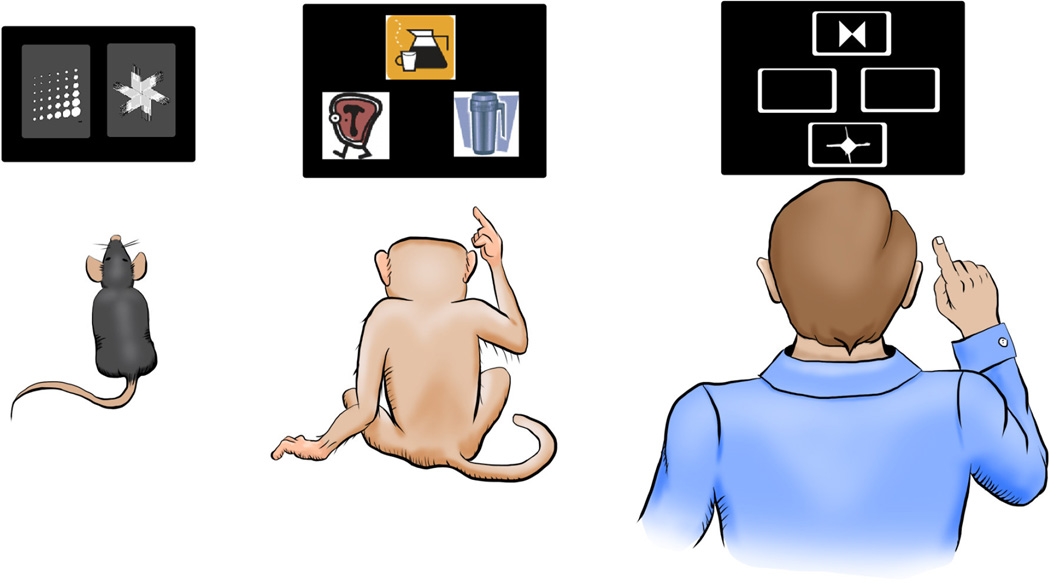Figure 2. Reversal learning assessments using touchscreens in rodent, monkey, and human subjects.
Despite some differences in the paradigms, there is more convergence and comparability of methods for testing reversal learning across species than disagreement. Shown is an example of the touchscreen platform across species. In rats and monkeys the relationship between stimuli and outcomes are either fully (deterministic) or partially predictive (probabilistic), whereas reversal paradigms in humans are almost always probabilistic.

